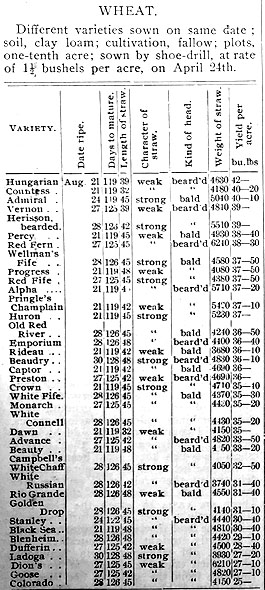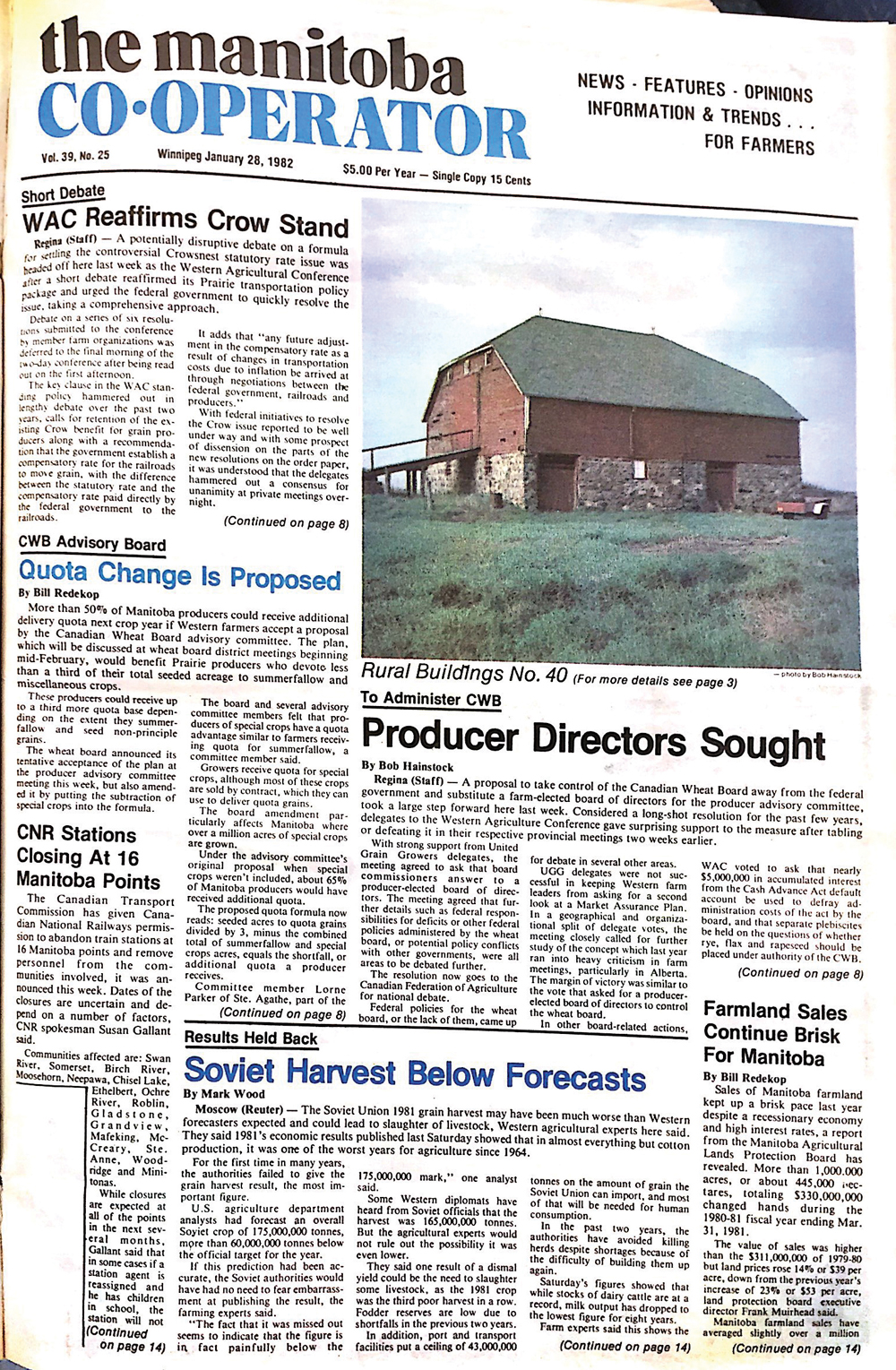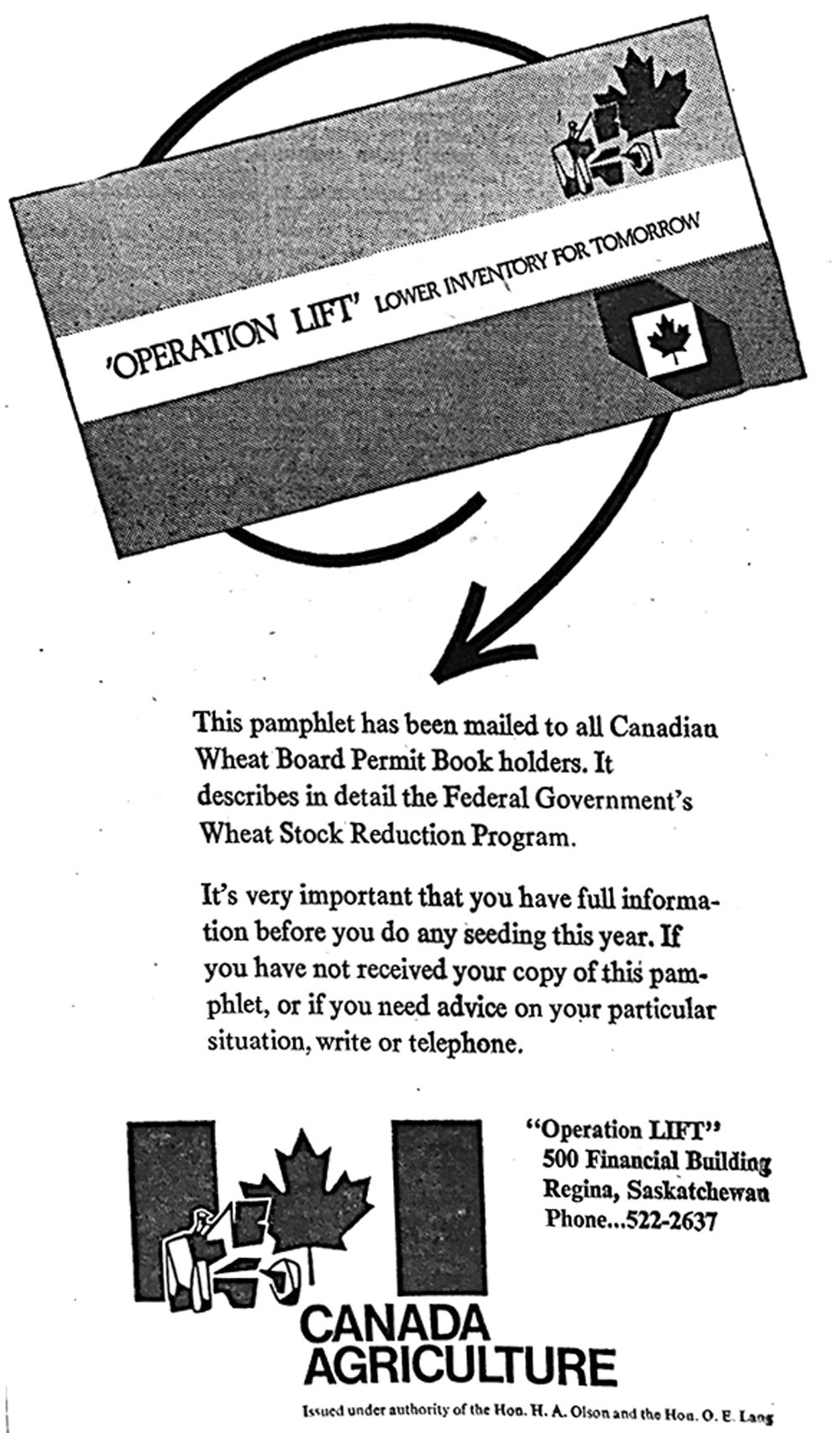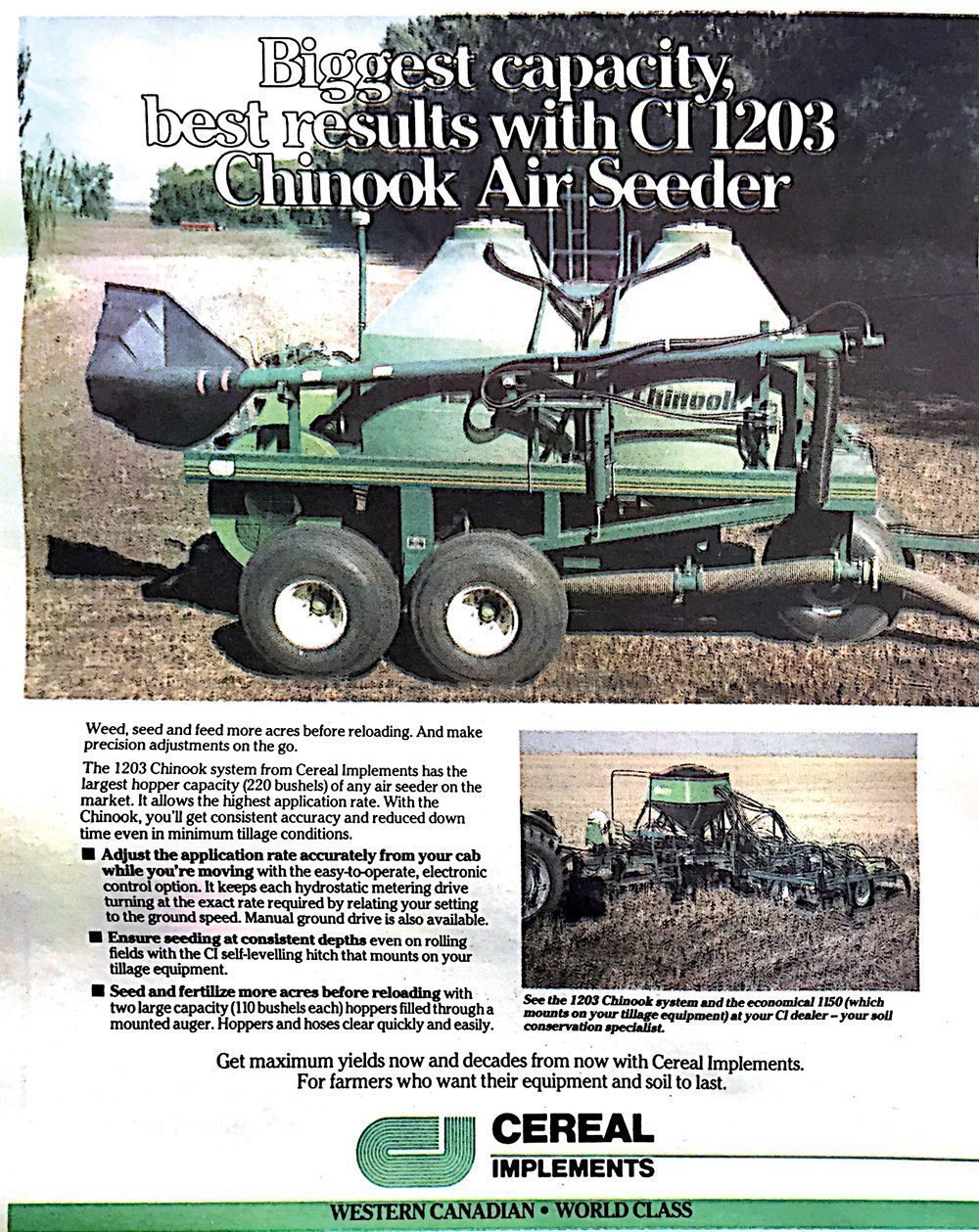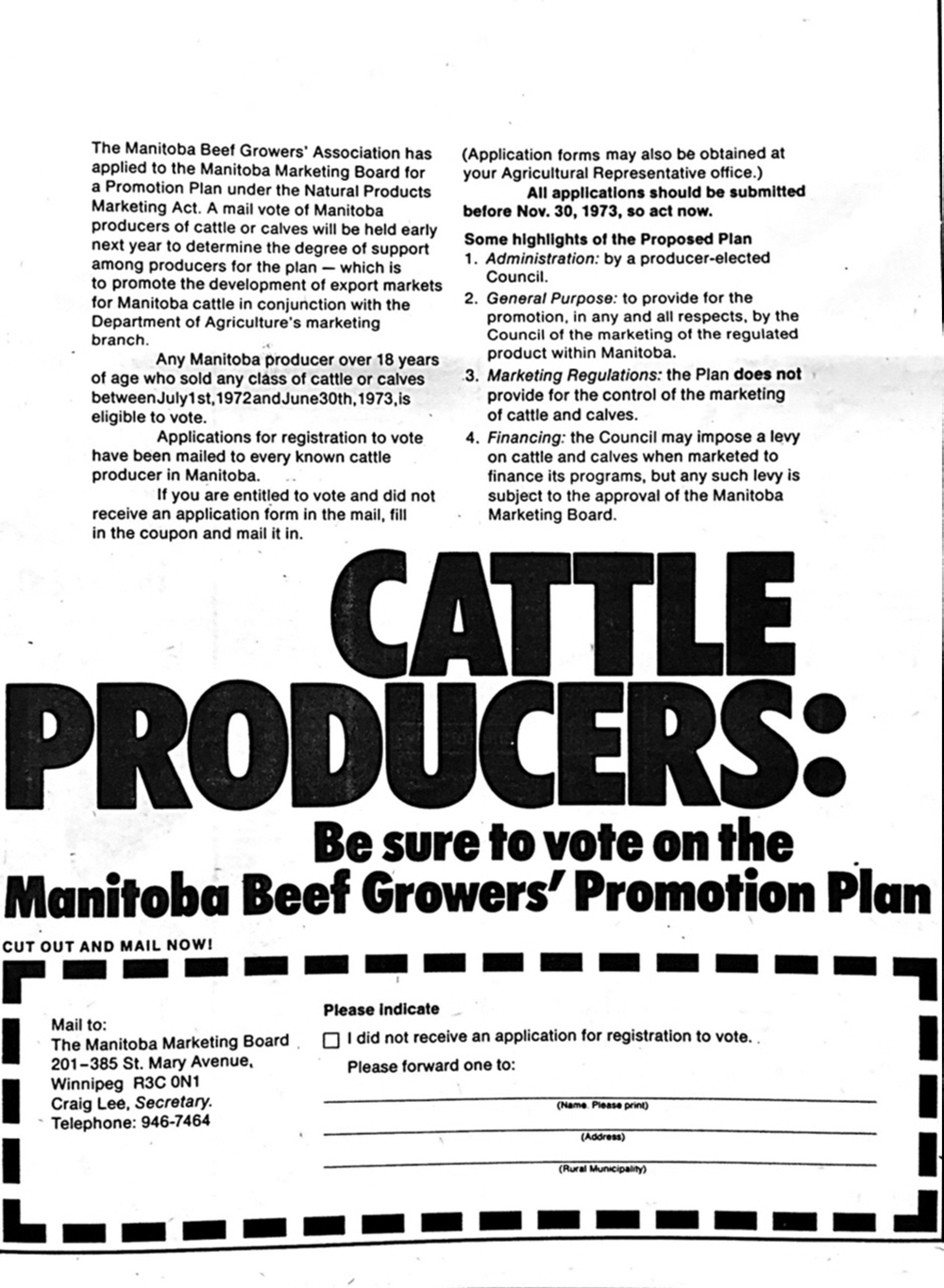Some said more than 10,000, others 7,000 to 8,000, but one way or another, a lot of farmers showed up at a rally at the Manitoba legislature on Oct. 9, 1991. They then marched down Portage Avenue to Portage and Main, receiving many waves and signs of encouragement from city dwellers along the route. The farmers had arrived by the busload from across the province to ask for $30 per acre to offset disastrously low prices. The federal and provincial governments had announced a $700-million aid package, but some said that was only a third of what was needed.
Read Also

Manitoba Ag Days plans star-studded speaker lineup
Dragons’ Den panellist Arlene Dickinson among speaker series highlight for 2026 Manitoba Ag Days in Brandon, alongside slate of agriculture experts.
Farmers’ income had been further squeezed by slow grain movement due to a strike at Thunder Bay. In our Oct. 17 issue reporting on the rally we also reported that grain handlers had been legislated back to work. Another story quoted Canadian Wheat Board chief commissioner Lorne Hehn (who recently passed away) as saying the board was looking for an alternative shipping route through the U.S.
Hog producers were also unhappy that week. The U.S. had increased the countervailing duty on hogs from 4.49 cents to 9.32 cents per pound. The U.S. had imposed the duty in response to a $300-million payout from the national tripartite stabilization program in 1989-90.
In the next week’s issue on Oct. 24, there was also bad news for beef producers — bovine TB had been discovered in the Minnedosa-Rossburn area, the first report of TB in the province for 14 years. An estimated 500 cattle in four herds were to be destroyed.



